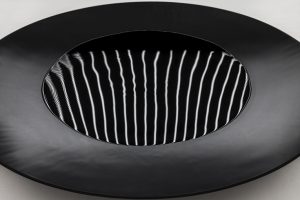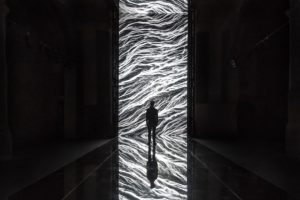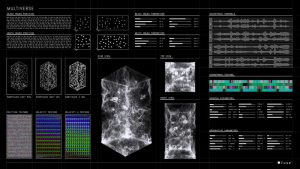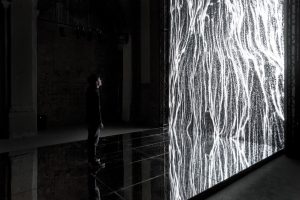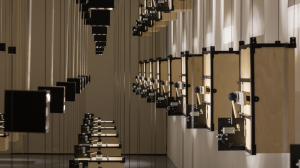Jenni Lee — Project 04 — Dynamic Drawing
/* Jenni Lee
Section E
jennife5@andrew.cmu.edu
Project-04
*/
function setup() {
createCanvas(800, 600);
background(175);
noLoop ();
}
function draw() {
var i;
for (i = 0; i < width; i += 10) {
// line connecting from top boundary line, starting from 0 and increment by 10 pixels,
// to right boundary line, from top to bottom, increment by evenly divided height
stroke (219, 79, 149);
line (i, 0, width, lerp (0, height, i/width)); // lerp is to evenly divide the height with corresponding increment on width
stroke (135, 96, 116);
line (width - i, 0, 0, lerp (0, height, i/width));
stroke (239, 218, 229);
line (i, height, width, height - lerp (0, height, i/width));
stroke (155, 59, 107);
line (width - i, height, 0, height - lerp (0, height, i/width));
// line connecting from top boundary line, starting from 0 and increment by 10 pixels,
// to right boundary line, from top to middle of height, increment by evenly divided height/2
stroke (135, 96, 116);
line (i, 0, width, lerp (0, height/2, i/width));
stroke (219, 79, 149);
line (width - i, 0, 0, lerp (0, height/2, i/width));
stroke (155, 59, 107);
line (i, height, width, height - lerp (0, height/2, i/width));
stroke (239, 218, 229);
line (width - i, height, 0, height - lerp (0, height/2, i/width));
// line connecting from top boundary line, starting from 0 and increment by 10 pixels,
// to right boundary line, from top to 1/4 of height, increment by evenly divided height/4
stroke (239, 218, 229);
line (i, 0, width, lerp (0, height/4, i/width));
stroke (219, 79, 149);
line (width - i, 0, 0, lerp (0, height/4, i/width));
stroke (135, 96, 116);
line (i, height, width, height - lerp (0, height/4, i/width));
stroke (155, 59, 107);
line (width - i, height, 0, height - lerp (0, height/4, i/width));
}
}Pink is my favorite color, so for this project, I wanted to play around with various shades of pink. Upon reflection of this piece, it’s almost a bit reminiscent of a rose of some sort of red/pink-ish flower. It took me a couple sketches for me to fully map out how I wanted to set everything up, as it was initially difficult for me to conceptualize everything, but ultimately, it was an enjoyable project.
![[OLD FALL 2018] 15-104 • Introduction to Computing for Creative Practice](../../../../wp-content/uploads/2020/08/stop-banner.png)
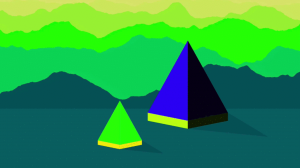
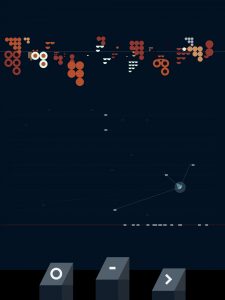
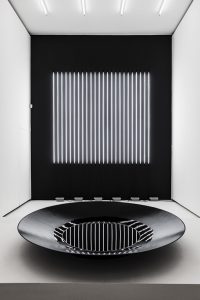 e Reflector Distortion project by Carsten Nicolai. What I find most interesting about this project is the way in which the computational aspect is not transcribed visually on a screen but rather through the subtle moves in the water dish.
e Reflector Distortion project by Carsten Nicolai. What I find most interesting about this project is the way in which the computational aspect is not transcribed visually on a screen but rather through the subtle moves in the water dish.